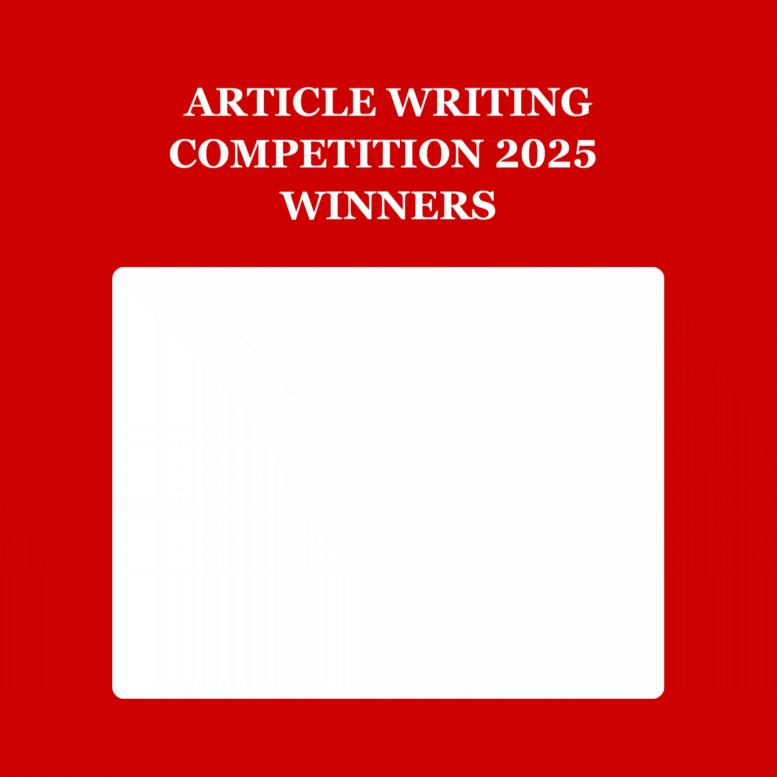In the first half of 2025, the world has watched a quiet but unmistakable shift ripple across global power structures. Middle powers, nations like India, Brazil, South Africa, Indonesia, and France, are no longer simply reacting to the moves of superpowers like the United States or China. Instead, they are actively reshaping the global order, asserting diplomatic agency, building regional coalitions, and pushing for institutional reforms that reflect the realities of an increasingly multipolar world.
Middle powers are no longer waiting to be courted or pressured; they are increasingly proactive.
India’s Q1 2025 economic growth of 6.8% is not just a headline number; it is a signal. Long described as a developing economy or an emerging market, India is now stepping confidently into the role of a leading voice for the Global South. Its assertive participation in international forums, from the BRICS+ summits to climate negotiations, shows that New Delhi understands its leverage. But India is not alone. Brazil, presiding over the BRICS grouping this year, has used its chairmanship to promote an agenda of economic cooperation and institutional reform, seeking to reduce dependency on the dollar and rebalance global financial governance. Meanwhile, South Africa, as the current G20 president, has prioritized inclusion, climate justice, and African representation in global decision-making, making clear that the continent’s largest economy is no longer content to sit at the margins.
What is striking is how these middle powers are forming strategic alliances outside of the traditional superpower frameworks. The May 2025 ASEAN-GCC-China summit is a prime example. This gathering, bringing together Southeast Asian nations, Gulf states, and China, aims to fortify economic resilience amid escalating U.S. trade pressures. While Washington has tightened tariffs and sanctions on a range of sectors, these middle-tier actors are hedging their bets, looking east, south, and across the Indian Ocean, rather than simply relying on transatlantic ties. France’s high-profile diplomatic tour across Southeast Asia earlier this year further reinforces this shift. Paris, often underestimated outside its NATO role, is positioning itself as a bridge-builder between the West and the Indo-Pacific, advocating for a rules-based international order but recognizing that European and American influence now share space with rising regional blocs.
The significance of these moves should not be underestimated. Middle powers have long been described as “swing states” or “balancers,” but that language obscures the deeper trend: these countries are no longer waiting to be courted or pressured. They are increasingly proactive, crafting independent foreign policies and asserting strategic autonomy. According to a March 2025 report by the Lowy Institute, middle powers now account for nearly 35% of global GDP and over 40% of global trade flows, figures that translate into real influence, particularly when combined through multilateral or regional platforms.
Middle powers now account for nearly 35% of global GDP and over 40% of global trade flows.
This middle power ascendancy carries major implications for global governance. International institutions like the United Nations, World Bank, and International Monetary Fund were designed in an era when power was sharply concentrated in the hands of a few. Today, that architecture looks increasingly outdated. Efforts to reform the UN Security Council to give permanent seats to India, Brazil, and South Africa have gained renewed momentum in 2025, reflecting the recognition that no system can claim legitimacy without better geographic and demographic representation. Similarly, initiatives to build alternative financial systems, including cross-border payment systems outside the dollar and the promotion of regional development banks, are not just technical adjustments; they are strategic recalibrations aimed at reducing vulnerability to superpower leverage.
Of course, the rise of middle powers is not without friction. These nations face their own domestic challenges, inequality, political polarization, and in some cases democratic backsliding, that can complicate their international ambitions. Moreover, their growing assertiveness is reshaping alliances in unpredictable ways, sometimes testing the patience of both the United States and China. But the core dynamic is clear: the old era of unipolar or bipolar dominance is over, and middle powers are no longer content to play second fiddle.
For policymakers and analysts in the traditional centers of power, this should prompt reflection. Engaging the world today means recognizing that middle powers are not merely “junior partners” or “regional stakeholders.” They are shapers of the rules, architects of new coalitions, and key drivers of the international agenda. Whether on climate, trade, security, or technology governance, the ability to work with, not just over, these countries will determine the effectiveness of global policy responses.
The old era of unipolar or bipolar dominance is over, and middle powers are no longer content to play second fiddle.
In a sense, the quiet rise of the middle powers marks a maturing of international politics. It signals the move from a world fixated on superpower rivalry to one where influence is more widely shared and where a diversity of voices contributes to shaping outcomes. This is not the end of global competition, far from it. But it is the beginning of a new chapter, one in which the Global South, Europe, and the Indo-Pacific middle powers are no longer passive players but decisive actors in the global drama. For those paying attention, 2025 is not just another year in international affairs. It is the year the middle powers arrived.
Disclaimer: The opinions expressed in this article are solely those of the author. They do not represent the views, beliefs, or policies of the Stratheia.


